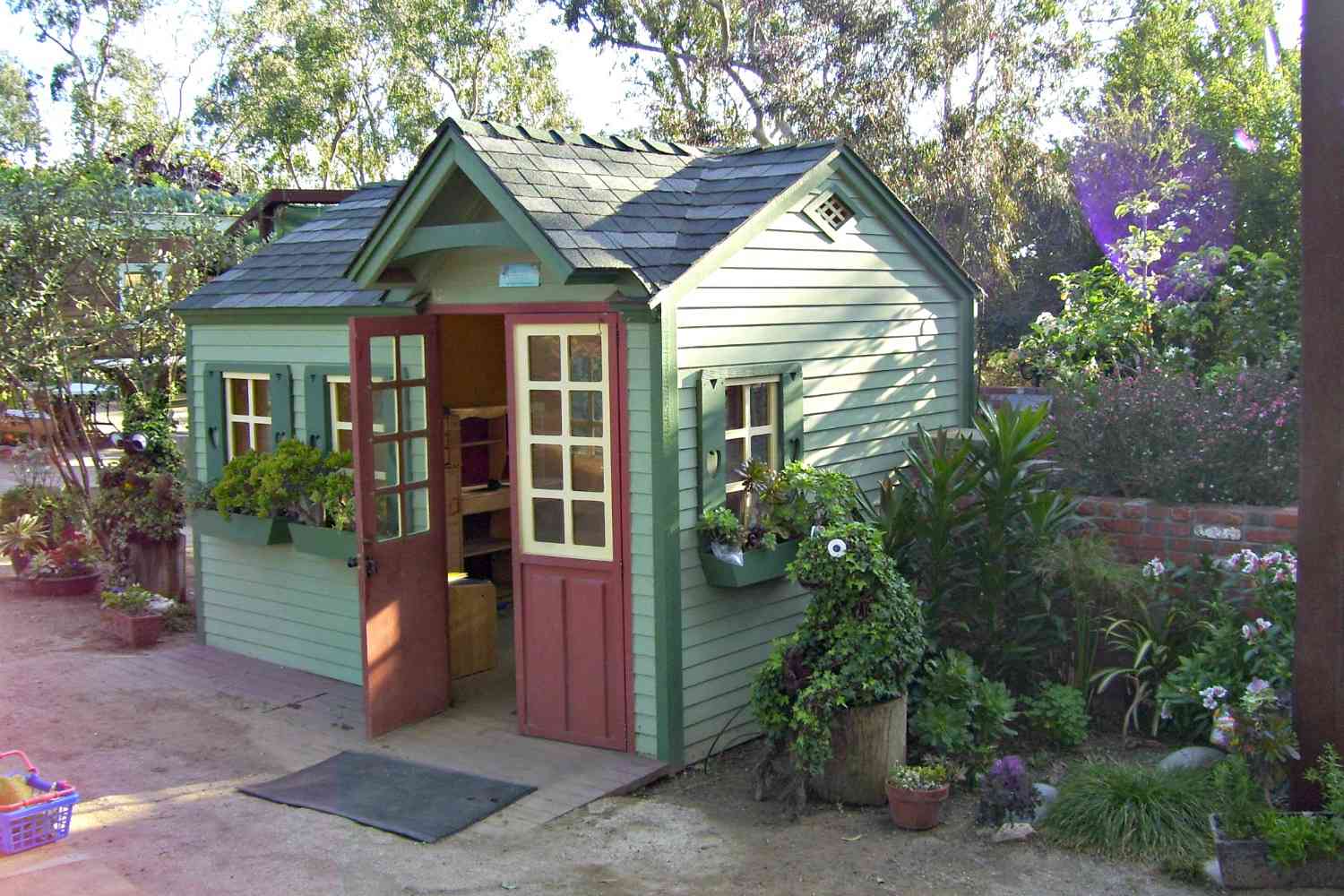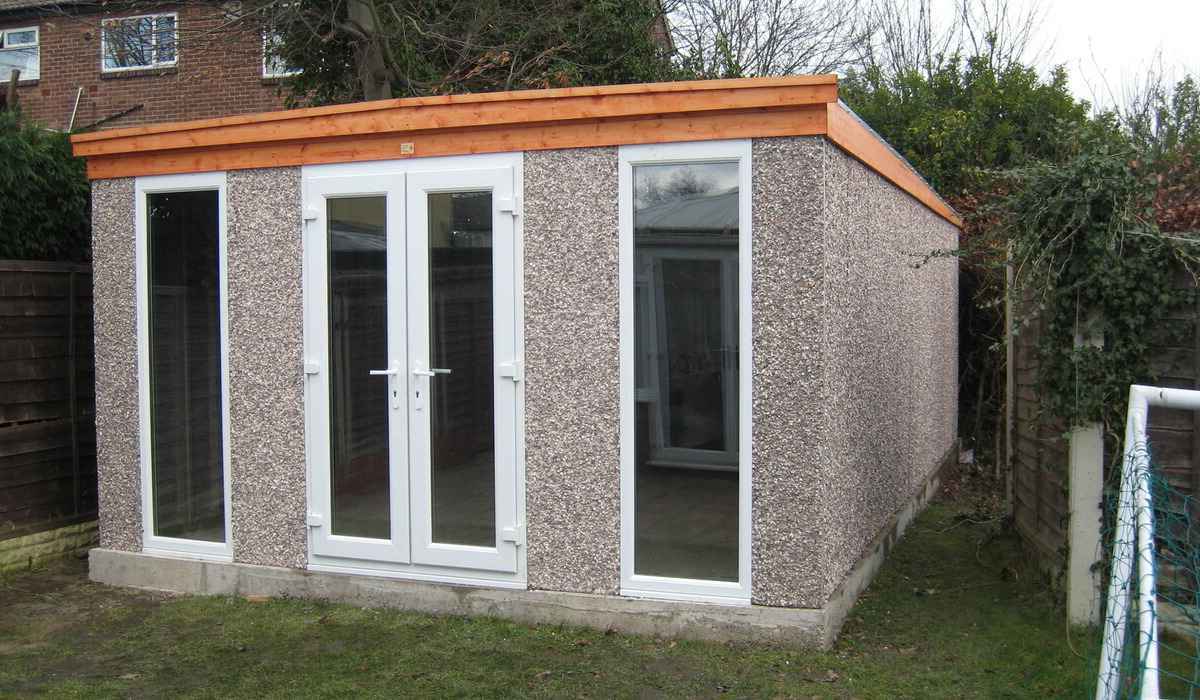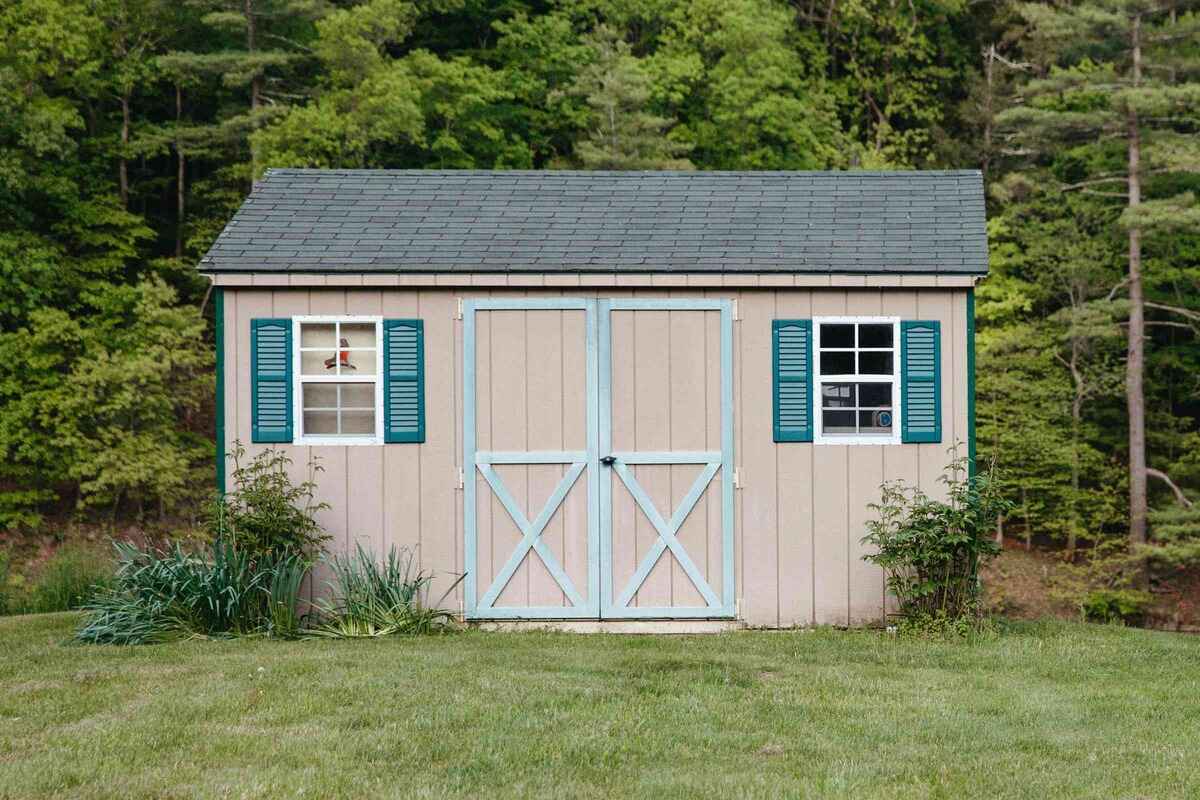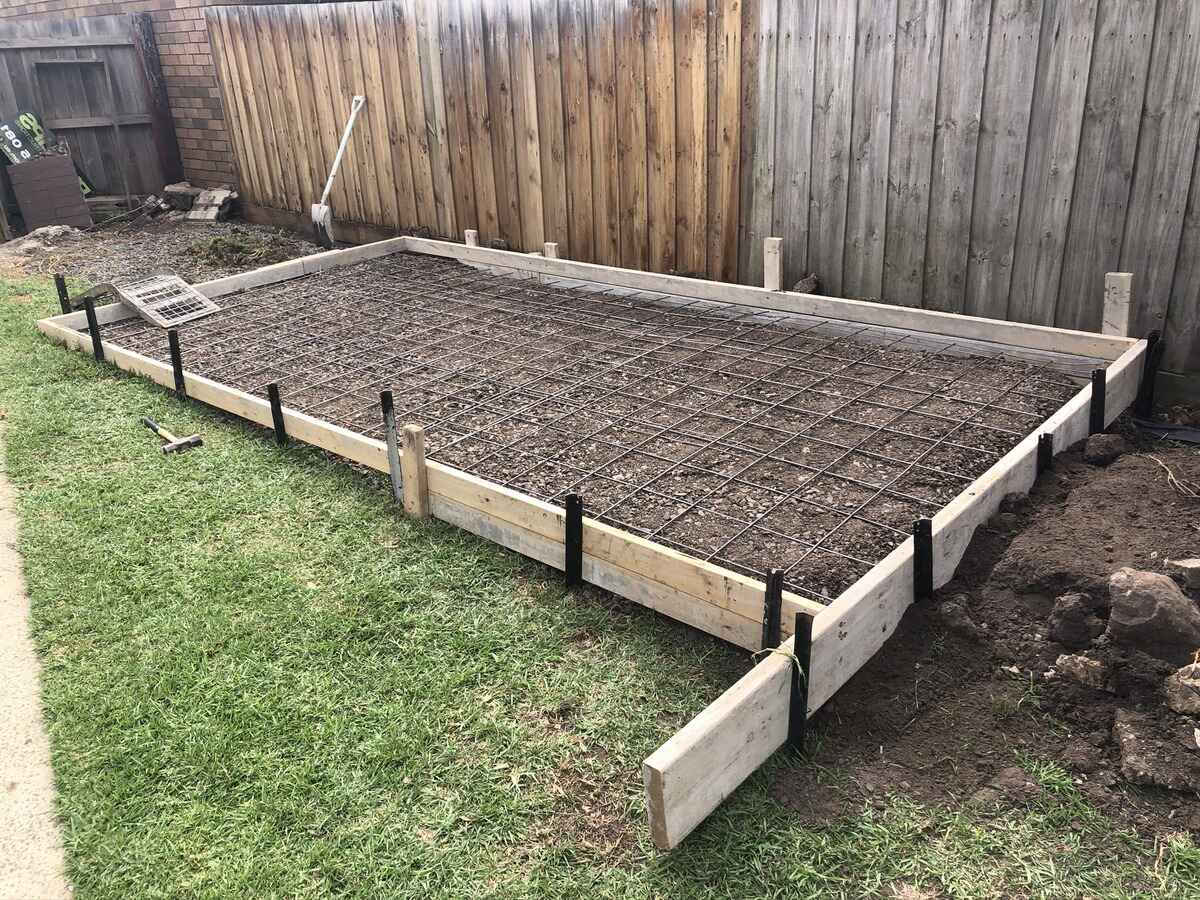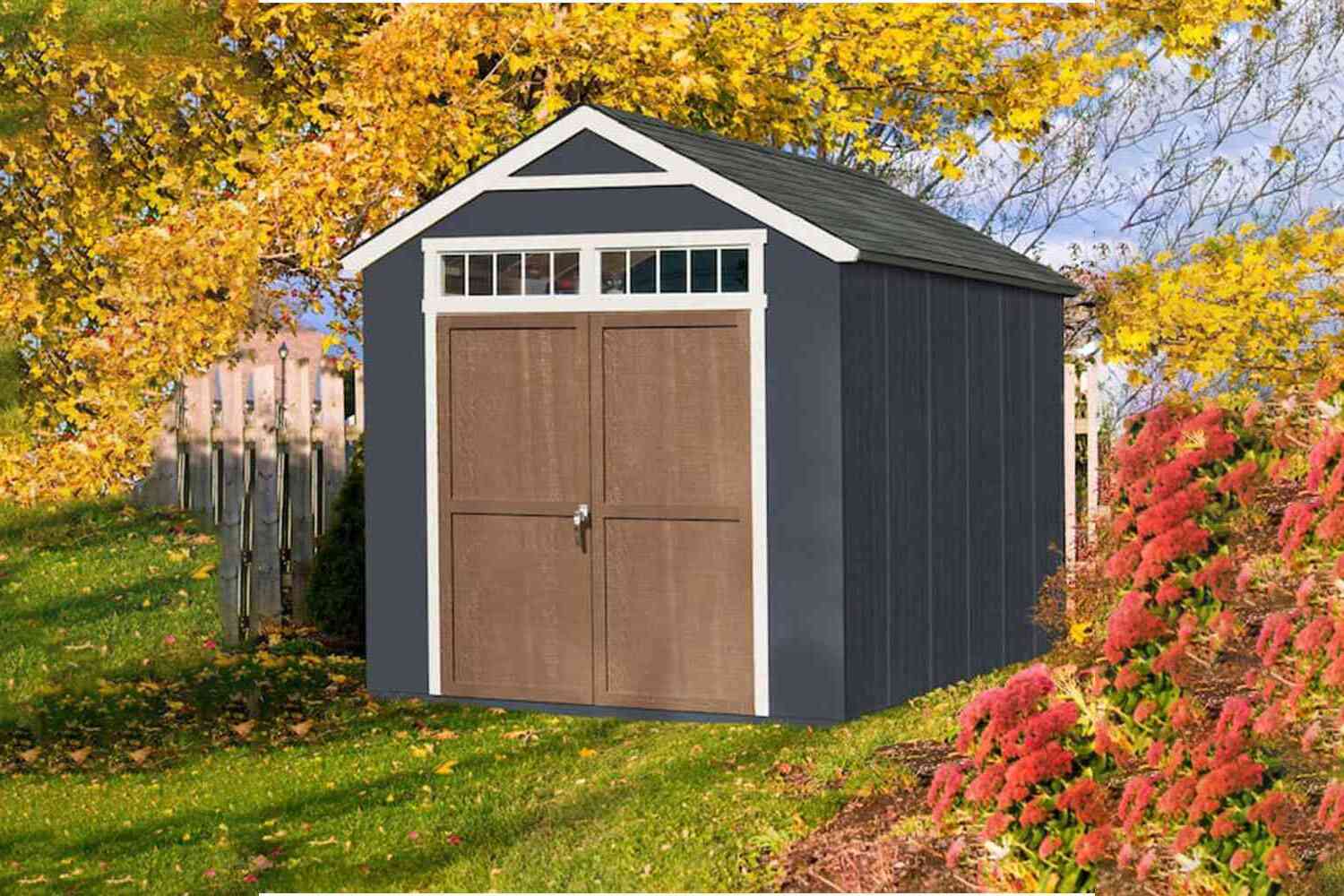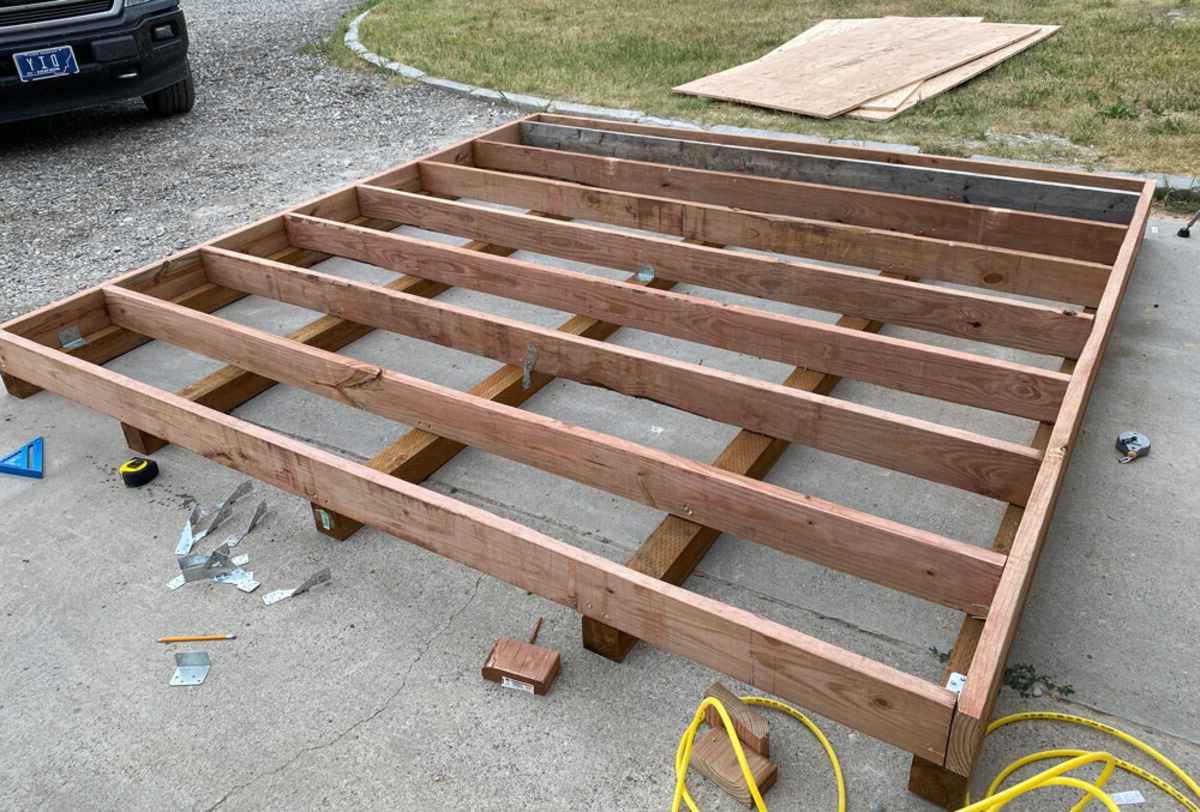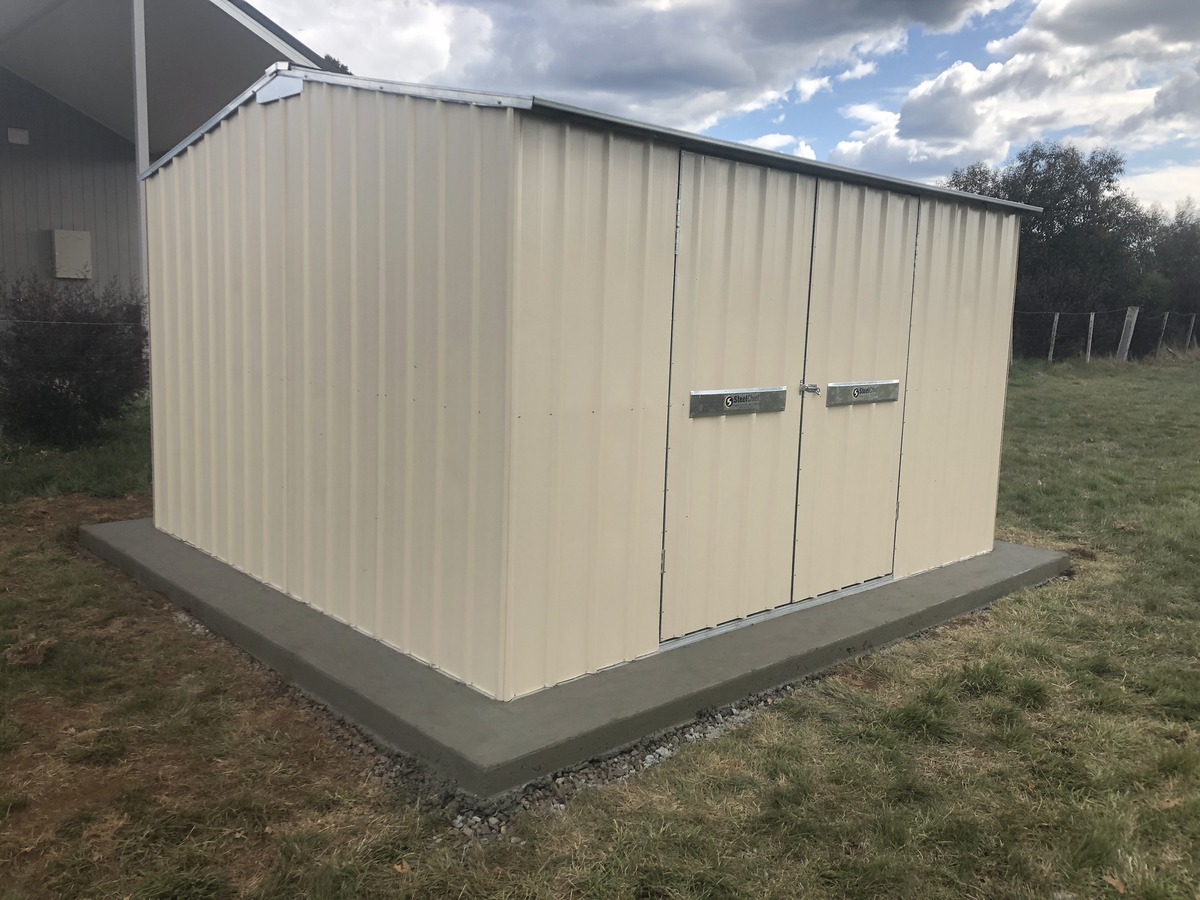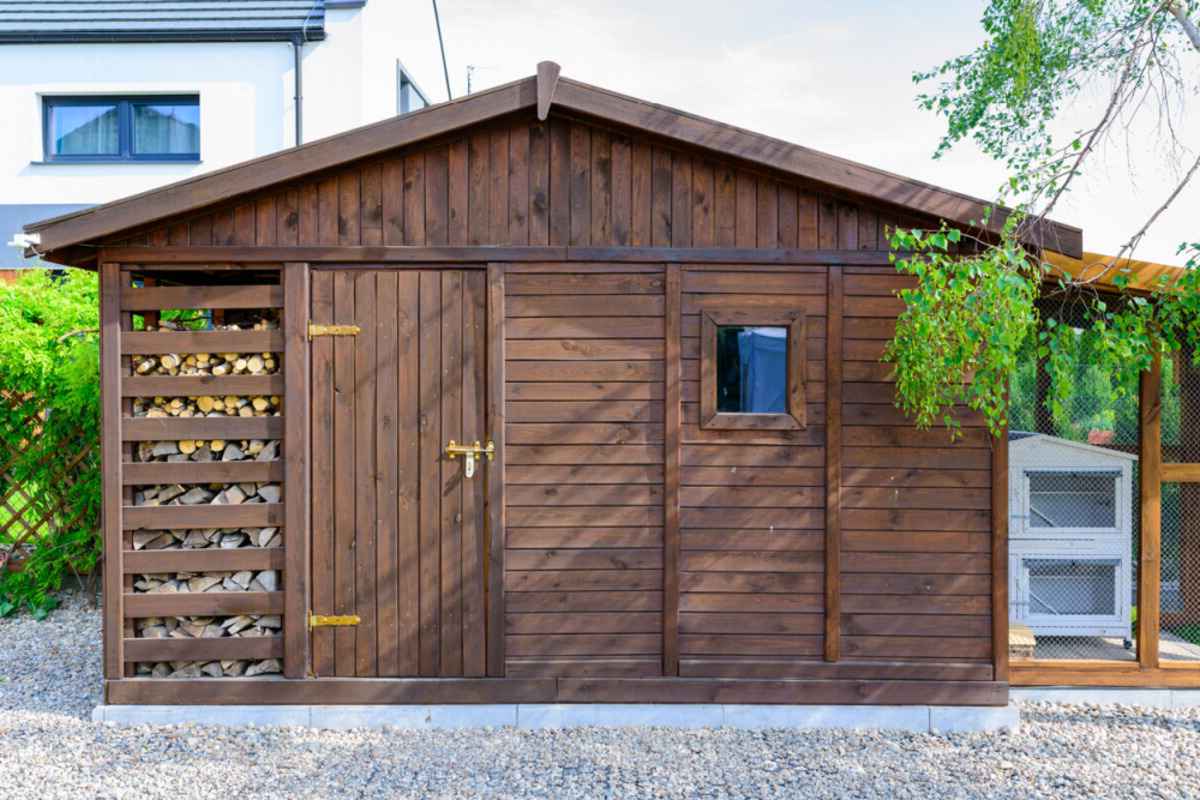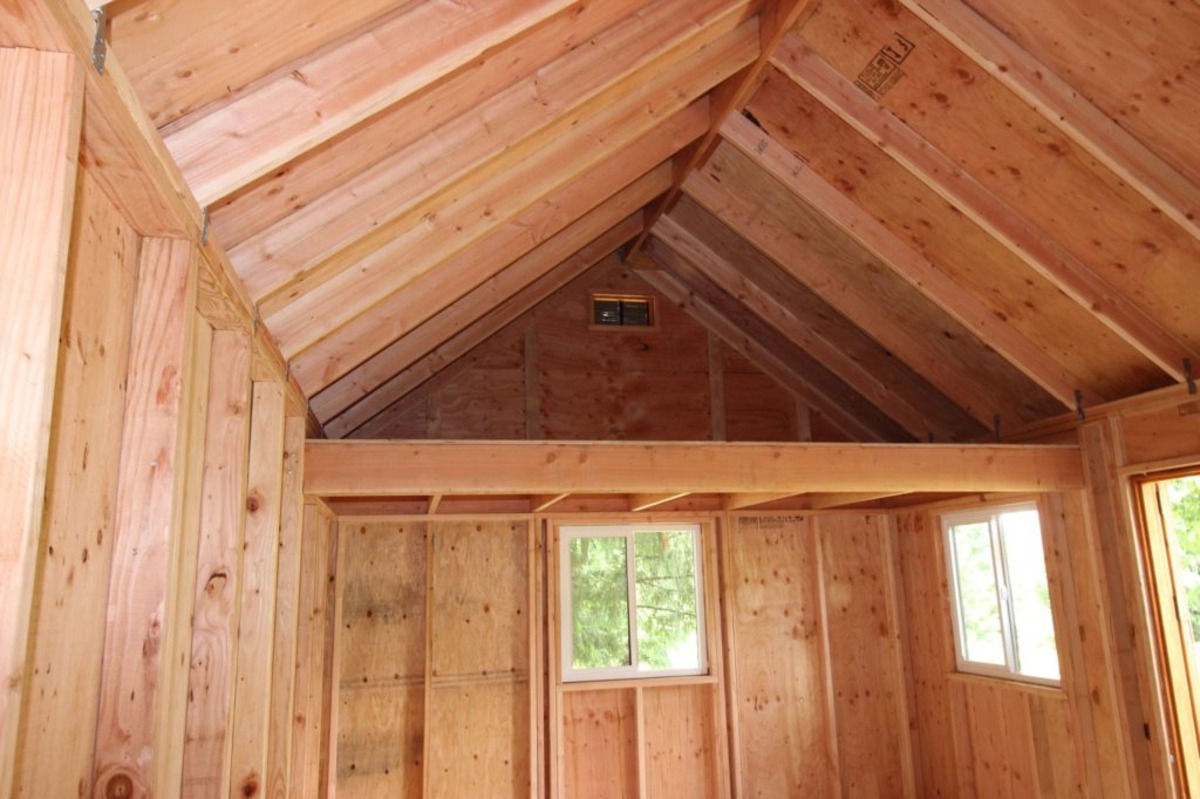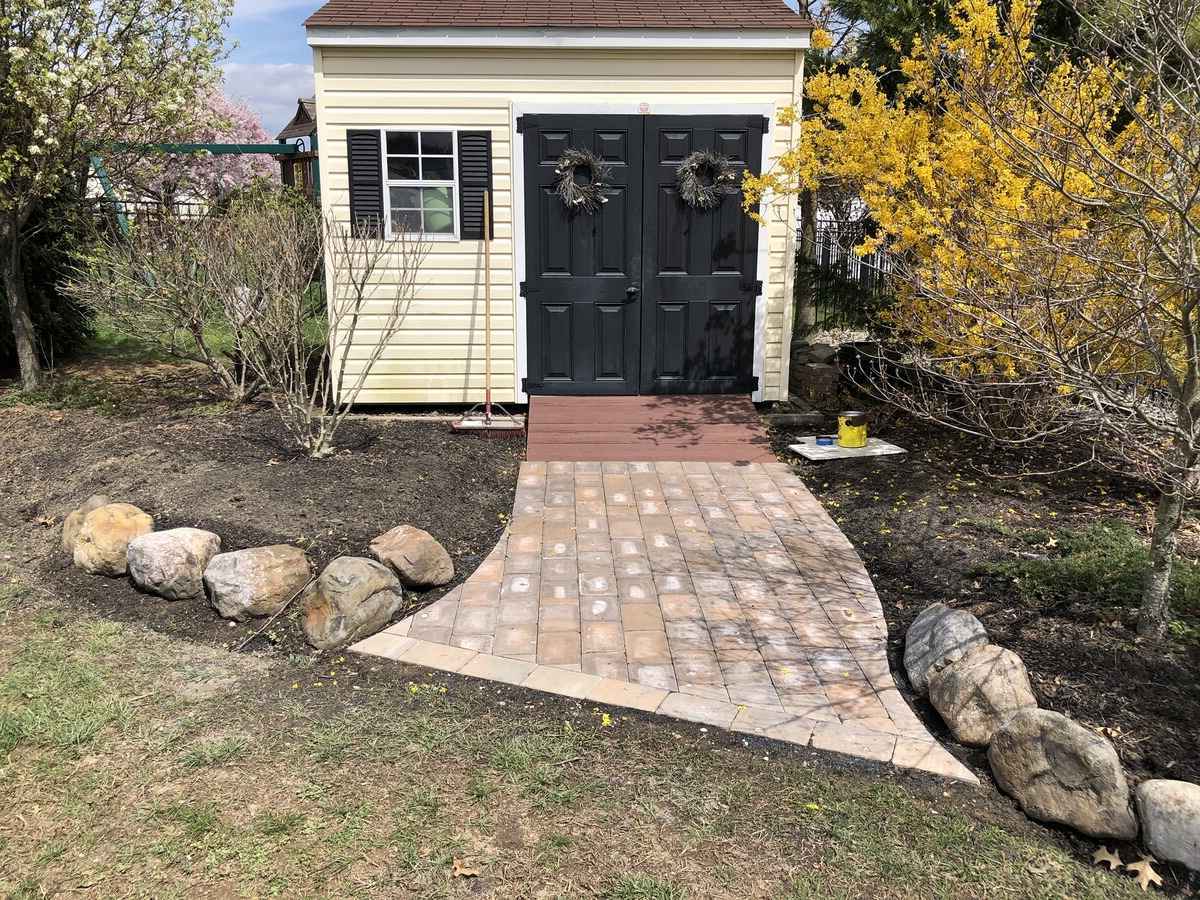Home>Create & Decorate>DIY & Crafts>How To Build Shed Doors That Won’t Warp
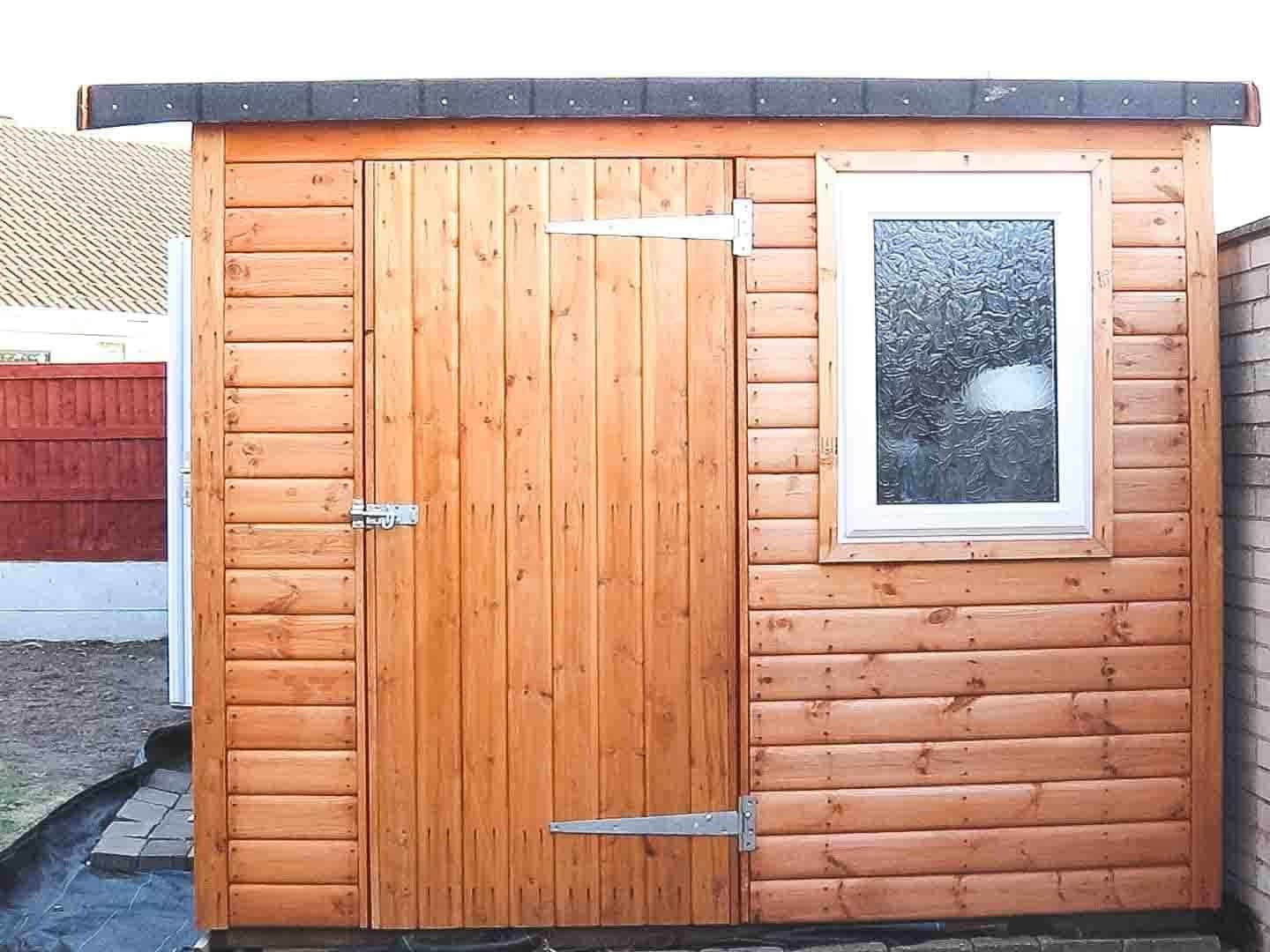

DIY & Crafts
How To Build Shed Doors That Won’t Warp
Published: February 24, 2024

Senior Editor in Create & Decorate, Kathryn combines traditional craftsmanship with contemporary trends. Her background in textile design and commitment to sustainable crafts inspire both content and community.
Learn how to build shed doors that won't warp with our DIY & Crafts guide. Follow our step-by-step instructions for durable and long-lasting results.
(Many of the links in this article redirect to a specific reviewed product. Your purchase of these products through affiliate links helps to generate commission for Twigandthistle.com, at no extra cost. Learn more)
Introduction
Building a shed can be an exciting and rewarding DIY project, but ensuring that the shed doors are constructed to withstand the test of time is crucial. One of the most common issues faced by shed owners is the warping of doors, which can lead to functionality and aesthetic concerns. In this comprehensive guide, we will delve into the intricacies of constructing shed doors that resist warping, ensuring that your hard work pays off for years to come.
Warping in shed doors can be a frustrating problem, causing doors to become misaligned, difficult to open and close, and aesthetically unappealing. By understanding the factors that contribute to warping and implementing the right materials and construction techniques, you can proactively prevent this issue, saving yourself time, effort, and potential repairs down the road.
Whether you're a seasoned DIY enthusiast or a beginner looking to embark on your first shed-building project, mastering the art of constructing warp-resistant shed doors is a valuable skill. With the right knowledge and approach, you can elevate the functionality and durability of your shed doors, ensuring that they remain sturdy and reliable in the face of changing weather conditions and everyday use.
Join us as we explore the causes of warping in shed doors, the best materials for constructing warp-resistant doors, proper construction techniques, and the importance of finishing and sealing to enhance longevity. By the end of this guide, you'll be equipped with the insights and know-how to build shed doors that not only withstand warping but also enhance the overall appeal and functionality of your shed. Let's dive in and unlock the secrets to building shed doors that stand the test of time.
Read more: How To Build Double Shed Doors
Understanding the Causes of Warping in Shed Doors
Warping in shed doors can be attributed to several factors, with moisture being a primary culprit. When exposed to fluctuating levels of humidity and temperature, wood, which is commonly used in shed door construction, tends to absorb and release moisture. This continual expansion and contraction can lead to warping over time. Additionally, inadequate ventilation within the shed can exacerbate moisture-related issues, contributing to door warping.
Furthermore, improper construction techniques and the use of low-quality or unsuitable materials can also contribute to door warping. For instance, if the door components are not properly joined or if the wood used is of inferior quality, the structural integrity of the door can be compromised, making it more susceptible to warping.
In some cases, exposure to direct sunlight and harsh weather conditions can accelerate the warping process. Prolonged exposure to UV rays and extreme temperatures can cause the wood to degrade, leading to warping and distortion of the door.
Understanding these causes is crucial in devising effective strategies to prevent door warping. By addressing these underlying factors during the construction and maintenance of shed doors, it is possible to mitigate the risk of warping and ensure the longevity and functionality of the doors.
By gaining insight into the causes of warping in shed doors, you can make informed decisions when selecting materials and implementing construction techniques. This knowledge will empower you to proactively prevent warping, ultimately leading to the creation of durable and reliable shed doors that enhance the overall quality and longevity of your shed.
Choosing the Right Materials for Shed Doors
Selecting the appropriate materials is a critical step in constructing shed doors that are resistant to warping. The choice of materials directly impacts the door's durability, stability, and ability to withstand environmental factors. When it comes to building warp-resistant shed doors, opting for high-quality, moisture-resistant materials is paramount.
Moisture-Resistant Wood:
Choosing the right type of wood is essential in preventing warping. Cedar and redwood are popular choices due to their natural resistance to moisture and decay. These woods contain natural oils that act as preservatives, making them ideal for withstanding the effects of humidity and moisture exposure. Additionally, engineered wood products such as exterior-grade plywood and oriented strand board (OSB) offer enhanced dimensional stability, making them suitable alternatives for shed door construction.
Composite Materials:
Composite materials, such as fiberglass-reinforced plastic (FRP) and PVC, offer excellent resistance to moisture and warping. These modern alternatives to traditional wood provide exceptional durability and require minimal maintenance. FRP doors, in particular, are known for their high strength-to-weight ratio and resistance to environmental stressors, making them a reliable choice for warp-resistant shed doors.
Read more: How To Build A Shed Door
Metal Clad Doors:
For those seeking maximum durability and minimal maintenance, metal clad doors present a compelling option. These doors feature a core material, such as wood or composite, encased in a protective metal shell. The metal cladding provides superior resistance to moisture and weathering, effectively safeguarding the door against warping and degradation.
Sealants and Treatments:
In addition to selecting the right base materials, applying appropriate sealants and treatments can further enhance the moisture resistance of shed doors. Utilizing water-repellent coatings, sealants, and preservatives can fortify the door's ability to repel moisture, thereby reducing the risk of warping over time.
By carefully considering the properties and characteristics of different materials, you can make an informed decision that aligns with your specific requirements and budget. Prioritizing moisture resistance and dimensional stability in the selection of materials is key to constructing shed doors that remain resilient in the face of environmental challenges, ensuring long-term functionality and visual appeal.
Proper Construction Techniques for Preventing Warping
Implementing proper construction techniques is essential in ensuring that shed doors are resistant to warping. By adhering to best practices and employing meticulous craftsmanship, you can significantly mitigate the risk of door warping, thereby enhancing the longevity and functionality of the doors.
Strategic Joinery and Reinforcement
Utilizing effective joinery methods, such as mortise and tenon or dowel joints, can bolster the structural integrity of shed doors, reducing the likelihood of warping. These traditional woodworking techniques create strong, durable connections between door components, minimizing the potential for movement and distortion over time. Additionally, reinforcing the corners and edges of the doors with sturdy bracing further fortifies the structure, enhancing its resistance to warping.
Read more: How To Build A Portable Shed
Proper Sealing and Weather Stripping
Sealing the edges and surfaces of shed doors with high-quality weather stripping and sealants is crucial in preventing moisture infiltration, a key contributor to door warping. By creating a tight seal between the door and the frame, these measures help to minimize the impact of environmental moisture, thereby reducing the risk of warping. Additionally, incorporating effective drainage channels and ensuring proper ventilation within the shed can further mitigate moisture-related issues, bolstering the door's resilience against warping.
Balanced Panel Construction
When constructing panel-style shed doors, maintaining balance and symmetry in the panel layout is essential for minimizing warping tendencies. Ensuring uniformity in the size and spacing of panels, as well as utilizing stable panel materials, such as engineered wood products or composite materials, can help distribute stress evenly across the door, reducing the likelihood of distortion and warping. Additionally, incorporating cross-bracing within the panels can enhance their rigidity, contributing to the overall stability of the door.
Precision Hardware Installation
Proper installation of hinges, handles, and other hardware components is critical in ensuring that shed doors operate smoothly and remain resistant to warping. Aligning and securing hardware with precision minimizes undue stress on the door, promoting even weight distribution and reducing the risk of structural deformation over time. Additionally, opting for high-quality, corrosion-resistant hardware can contribute to the long-term durability of the doors, further safeguarding against warping.
By integrating these construction techniques into the fabrication of shed doors, you can proactively mitigate the risk of warping, ensuring that the doors remain robust, functional, and visually appealing for years to come. Embracing meticulous craftsmanship and attention to detail during the construction process is key to achieving warp-resistant shed doors that elevate the overall quality and reliability of your shed.
Finishing and Sealing Shed Doors for Longevity
Proper finishing and sealing of shed doors play a pivotal role in enhancing their longevity and resilience against warping. By implementing effective finishing techniques and utilizing quality sealants, you can fortify the doors against environmental stressors, ensuring that they maintain their structural integrity and visual appeal over time.
Read more: How To Build Shed Foundation
Quality Exterior Finishes
Applying a high-quality exterior finish to shed doors is essential for safeguarding the wood against moisture infiltration and UV exposure. Exterior-grade paints, stains, and sealants provide a protective barrier that shields the doors from the detrimental effects of weather and humidity. Opting for finishes specifically formulated for outdoor use ensures that the doors are equipped to withstand the rigors of changing seasons and climatic conditions.
Proper Surface Preparation
Before applying the finish, meticulous surface preparation is imperative to ensure optimal adhesion and durability. Sanding the door surfaces to a smooth finish and removing any imperfections or rough spots is essential for achieving a uniform and long-lasting coating. Additionally, applying a wood primer or conditioner can enhance the wood's ability to absorb the finish, promoting a more uniform and durable protective layer.
Sealant Application
Incorporating a high-quality sealant into the finishing process is crucial for bolstering the moisture resistance of shed doors. Sealants designed to repel water and resist UV degradation provide an additional layer of defense against warping and deterioration. Ensuring thorough coverage of all exposed surfaces, including edges and joints, with the sealant helps create a robust barrier that mitigates the impact of environmental moisture, thereby reducing the risk of warping.
Regular Maintenance
Consistent maintenance and periodic inspection of the doors are essential for preserving the effectiveness of the finish and sealant. Monitoring the condition of the finish, addressing any signs of wear or damage, and reapplying the finish and sealant as needed can prolong the doors' longevity and resilience. Additionally, keeping the surrounding areas of the doors well-maintained, such as ensuring proper drainage and ventilation, contributes to the overall protection of the doors against warping and moisture-related issues.
By prioritizing the application of quality exterior finishes, meticulous surface preparation, and the use of effective sealants, you can significantly enhance the longevity and durability of shed doors. Embracing a proactive approach to maintenance and preservation further ensures that the doors remain steadfast in the face of environmental challenges, providing lasting functionality and aesthetic appeal.
This comprehensive approach to finishing and sealing shed doors serves as a crucial step in the construction and maintenance process, contributing to the creation of warp-resistant doors that elevate the overall quality and longevity of your shed.
Read more: How To Build A Shed
Conclusion
In conclusion, the construction of warp-resistant shed doors is a fundamental aspect of ensuring the longevity, functionality, and visual appeal of sheds. By understanding the causes of warping and implementing the right materials, construction techniques, and finishing processes, shed owners can proactively mitigate the risk of door warping, ultimately enhancing the overall quality and reliability of their sheds.
The detrimental effects of moisture and environmental stressors on shed doors underscore the importance of selecting moisture-resistant materials such as cedar, redwood, engineered wood products, and composite materials. These materials offer enhanced dimensional stability and durability, making them well-suited for withstanding the rigors of fluctuating humidity and temperature levels.
Furthermore, employing proper construction techniques, including strategic joinery, balanced panel construction, and precise hardware installation, is crucial in fortifying shed doors against warping. By prioritizing meticulous craftsmanship and attention to detail, shed owners can create doors that exhibit exceptional structural integrity and resistance to distortion over time.
The finishing and sealing of shed doors serve as the final line of defense against warping and degradation. Through the application of high-quality exterior finishes and sealants, coupled with regular maintenance, shed owners can ensure that their doors remain resilient in the face of environmental challenges, maintaining their functionality and aesthetic appeal for years to come.
By integrating these insights and best practices into the construction and maintenance of shed doors, DIY enthusiasts and shed owners can elevate the overall quality and longevity of their sheds, creating a space that not only meets practical needs but also exudes enduring charm and reliability.
In essence, the construction of warp-resistant shed doors is a testament to the commitment to craftsmanship and the proactive preservation of functional and visually appealing outdoor spaces. With the knowledge and strategies outlined in this guide, shed owners can embark on their projects with confidence, knowing that their doors are engineered to withstand the test of time, weathering the elements with resilience and grace.

